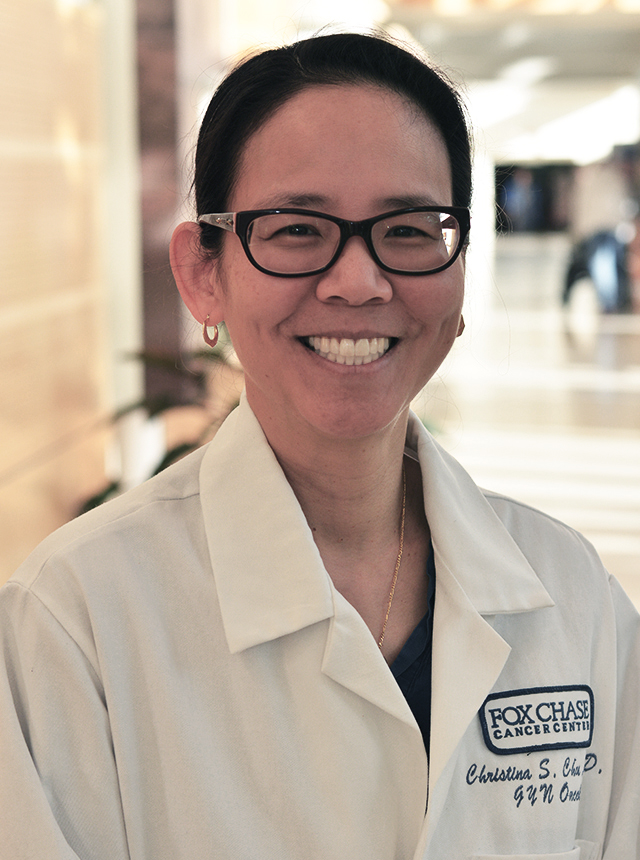
Does Getting Treatment for Ovarian Cancer at an NCI Comprehensive Cancer Center Make a Difference
-
 A study published in the Journal of the American College of Surgeons in May 2015 shows the answer is a resounding, “YES!”
A study published in the Journal of the American College of Surgeons in May 2015 shows the answer is a resounding, “YES!”Bristow and colleagues examined the care of 9,933 women with ovarian cancer treated at five National Cancer Institute (NCI) designated Comprehensive Cancer Centers, 29 non-NCI high volume hospitals (more than 10 cases per year), and 158 low volume hospitals (less than 10 cases per year). Overall, only 35.7 percent of patients received National Comprehensive Cancer Network (NCCN) guideline adherent care.
Patients at NCI-designated Comprehensive Cancer Centers were most likely to receive treatment in accordance with NCCN guidelines (odds ratio 1.00), compared to patients at high volume hospitals (odds ratio 0.83) and low volume hospitals (odds ratio 0.56). Even more impressively, women who received treatment at a Comprehensive Cancer Center lived almost two years longer than those treated at a high volume hospital, and nearly 3 years longer than those treated at a low volume hospital. Median ovarian cancer specific survival was 77.9 months at the Comprehensive Cancer Centers, 51.9 months at high volume hospitals, and 43.4 months at low volume hospitals (P < 0.0001).
The authors concluded that receiving care at a Comprehensive Cancer Center is an independent predictor of adherence to the best treatment guidelines, resulting in improved survival for patients. Increasing patient access to Comprehensive Cancer Centers may be a simple way to improve patients’ lives with their ovarian cancer.
(Fox Chase Cancer Center is one of the founding members of the NCCN and one of 41 NCI Comprehensive Cancer Centers in the country.)
Article Reference:
Impact of National Cancer Institute comprehensive cancer centers on ovarian cancer treatment and survival. Bristow RE et al., Journal of the American College of Surgeons, May 2015, 220(5):940-950
